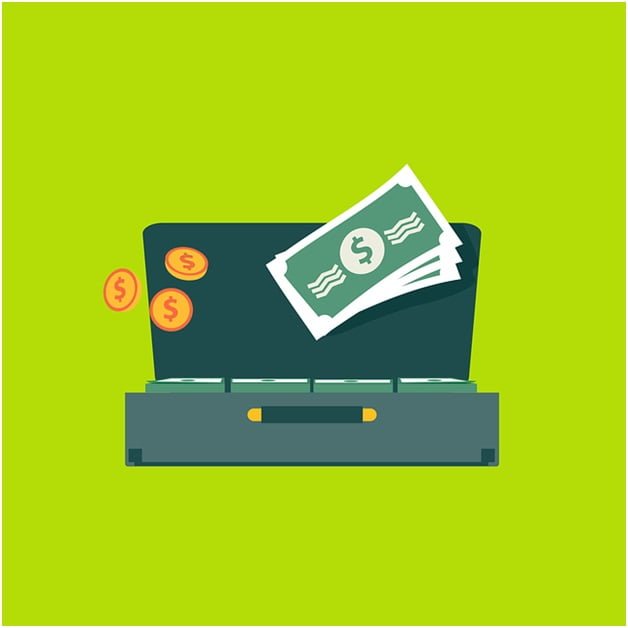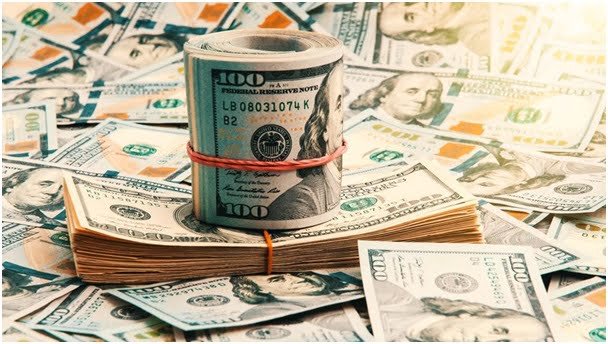Entrepreneurs can get unsecured business loans to start up a small business, or existing organizations can obtain no-collateral lending products for expanding operations. Lenders don’t require borrowers to provide a valuable asset to cover the loan balance with unsecured or non-collateral loans.
This loan type works for businesses with few assets or those who don’t want to use assets to guarantee the debt. Borrowers can use a number of unsecured loans, including merchant cash advances, business lines of credit, SBA 7(a), and on.
Usually, to qualify for an unsecured product, borrowers need to present with good credit, strong financial standing, and less debt.
With an unsecured business loan, rates are often higher, and terms are less favorable compared to secured products. Compare lenders and competitive loan products for the most informed decision.
Small Business Loans Without Collateral

Small business loans without collateral are comparable to secured lending products, except business assets won’t need to be attached to the loan when applying to cover the balance.
That means the lender can’t readily seize the assets if payments are missed, but the provider can implement other tactics, including a lawsuit, to pursue the assets. The loan provider will likely expect a personal guarantee which grants them permission to seize assets to recover the balance in case of default.
Responsibly managing the installments will make getting a no-collateral loan comparable to a secured product. The rates and terms will differ for an unsecured loan, accounting for the lender’s risk, but it depends on your credit profile.
There’s no “one-size-fits-all” lending product to suit all business needs. The right unsecured or no-collateral product will depend on how you intend to use the funds when needed, and the loan amount. Here are the common no-collateral business loan types.
Term lending
The term product offers fixed repayment terms for as long as five years in either an unsecured or secured option. The funds are paid in one disbursement that must be used for a designated purpose. Based on your eligibility, you can choose an extended or short term.
The shorter term offers repayment in a period of “24 months and less.” These are usually paid in monthly installments but that can vary.
SBA 7(a) below $50000
Several types of loans are available under the SBA, but the 7(a) option is among the most common and has varied purposes. Most of these loans are secured but amounts under $50000 can be approved as unsecured. Another advantage of the 7(a) product is the competitive rates and extended repayment terms.
The SBA has set a maximum interest rate that lenders cannot exceed. The eligibility requirements are stringent, including being in business for several years or pulling in robust revenue. Also, approval can take as long as 90 days, which can be frustrating if there’s an urgent need.
Lines of credit
Business lines of credit come with a set credit limit as high as $250,000. Once the credit is approved, borrowers can start using it within the draw period. Each time there’s a withdrawal, it’s possible you could incur a draw fee.
Most lines of credit are considered revolving debt, meaning the credit limit adjusts as you repay the debt, allowing continued borrowing.
When funds are withdrawn, interest will be added to the principal, with the potential for a draw fee and a monthly maintenance fee to keep the credit line open and functioning.
The line could also have an annual fee. This borrowing method often has more lenient eligibility requirements than other loan types, which benefits startups or companies with limited credit history.
Merchant cash advance
An MCA—merchant cash advance—offers borrowers an advance on future sales. It is usually reserved for businesses that deal in debit/credit card sales. You will receive a lump sum upfront that can be used for virtually any business purpose.
Companies with less-than-favorable credit can be approved for MCAs, making these perfect for those looking for fast cash in dire situations. The repayment terms are stringent, with daily or weekly requirements. A percentage of company sales is withdrawn to make the repayments.
These aren’t technically considered business loans, so those legalities don’t apply. The borrowing costs are exceptionally high, with “factor rates” calculated into high interest rates that range as great as 50 percent +.
As a borrower, you want to research factor rates before considering MCA borrowing or other high-risk lending. These aren’t the same as APR or standard interest.
A factor rate is applied to the loan balance upfront. In a regular scenario, the loan considers the principal and calculates the interest monthly. With factor rates, you could be responsible for the whole fee regardless of whether the loan is repaid early.
Applying For a Business Loan Without Collateral
A primary step when applying for an unsecured loan is comparing lenders and loan types to ensure the most competitive product. Here are steps to follow toward that end.
A loan provider
No-collateral business loans are available with traditional banking institutions and online lending platforms. The traditional bank will have much more stringent eligibility criteria, but this is a platform where businesses can often leverage a valuable relationship with their bank, ultimately benefiting them in receiving loan approval.
Some banks will overlook less-than-favorable criteria if you show financial responsibility with their institution.
An online lending platform’s guidelines are much more relaxed than those of a traditional bank. The lenders will work with startup businesses and those with limited or less-than-favorable credit. However, these clients will likely pay higher rates than a traditional bank.
Documentation collected for unsecured products
A variety of documents are required to qualify for an unsecured business product. This will prove to the loan provider that you can repay the debt without the use of collateral. Here are a few records readily available.
- Financial obligations/debt
- Business plan
- SBA requirements include a loan proposal
- Bank statements (business/personal)
- Social security number
- Tax returns (business/personal)
- Personal contact details
- Annual revenue – must meet loan providers’ minimum criteria
- Personal financial history
- Years in business
- Balance sheet
- Business formation documents
The lender could assess creditworthiness if you’re registered and have established a business credit score. Many will also review personal credit. You should check both scores upfront to see what you might qualify for.
A personal guarantee
Without supplying collateral to secure the loan, the lender carries the brunt of the risk if the loan defaults. Some loan providers will ask that you sign a personal guarantee to counter that risk. This statement assigns your personal assets to guarantee the loan.
That means if you default, the lender can pursue your personal assets, such as your home, investments, or personal savings, to recover the loss.
A loan provider could require a blanket UCC- Uniform Commercial Code lien attached to the business product. This broadly guarantees the loan using all business assets instead of covering the debt with a specifically named asset in the agreement.
Unsecured Or No-Collateral Business Loan Requirements

With an unsecured or no-collateral product, a loan provider will usually have stringent approval criteria. These guidelines can include the following.
- Years in business: As a rule, loan providers expect that a company will have no less than two years in their industry. Some online lenders might be more lenient with this criterion, expecting roughly six months or a year.
- Personal credit score: A good to excellent personal credit score ranging from “670+” leads to the best chance of loan approval. In some situations, loans will be approved with less-than-favorable scores, even as low as “500,” but the borrowing amount can be restricted.
- Annual revenue: Traditional banking institutions generally want to see solid yearly revenue, with a minimum ranging as high as $250,000. However, the criteria are typically higher than that of the online platform.
- Down payment: Without assets to secure the debt, a down payment is expected with the loan, usually ten percent+.
- Personal guarantee: The guarantee tells the loan provider that you can and intend to repay the debt using personal assets if it comes to that point.
- Debt: Lenders will assess all debt obligations compared to revenue. The DTI—debt-to-income ratio—should fall to 36 percent or below, with the “debt-service-coverage ratio” coming in at “1.25+.”
Final Thought
Obtaining an unsecured business loan allows startups or existing businesses to receive financing when they want to avoid putting up business assets to cover the debt or if they have few assets to do so. Please visit www.billigeforbrukslån.no/lån-til-bedrift/ to learn more about no-collateral business products.
While the criteria for these loans are stringent, and the cost can be higher to offset the risk for the loan providers, traditional banking institutions and online lending platforms offer some leniency.
If you’re a valued client, the bank will base their approval on financial responsibility within their institution. Online lending platforms are relaxed with their criteria, often working with those with limited or less-than-favorable credit profiles. Startups and struggling businesses have a chance.
Also Read About



